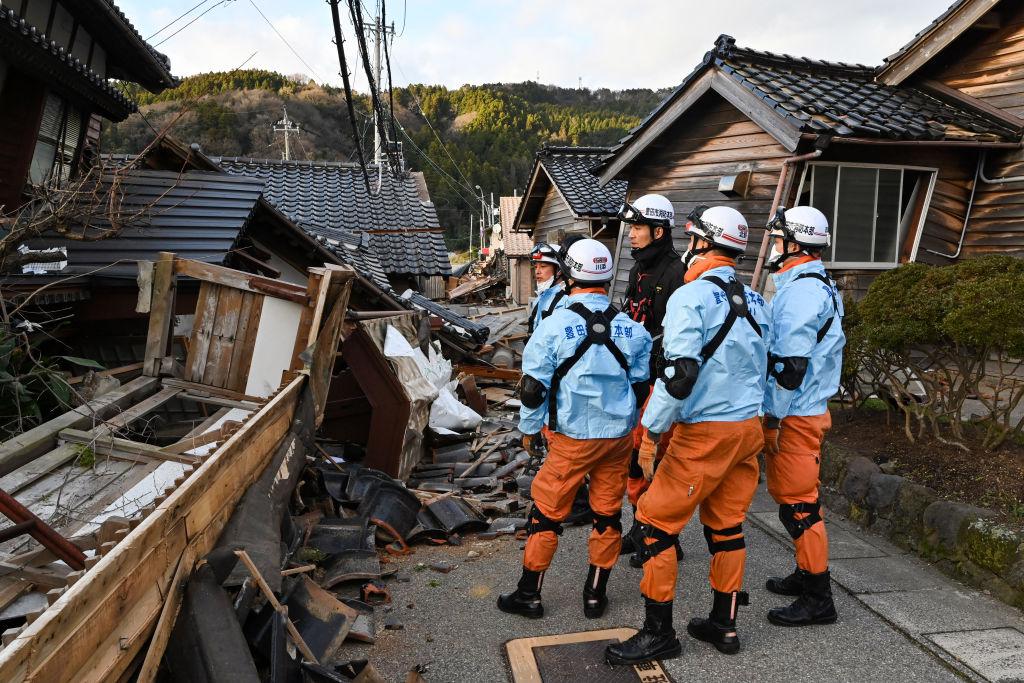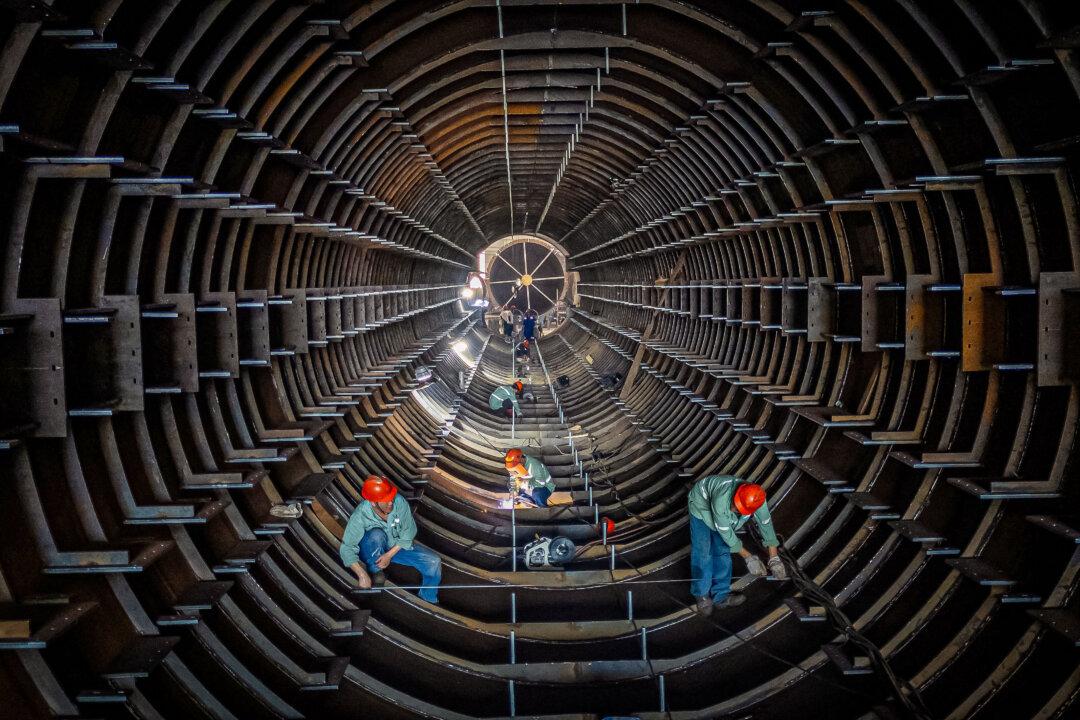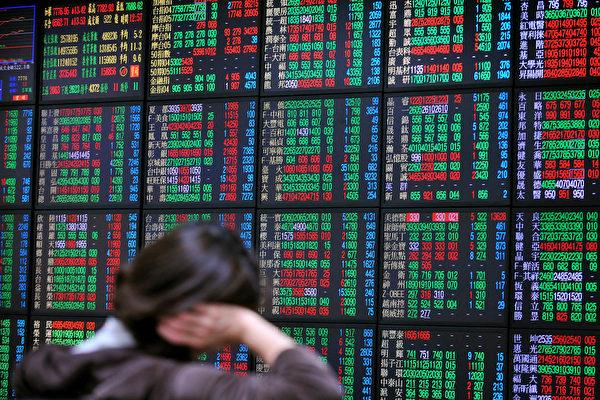Recently on high alert, Japan is no stranger to earthquakes, being in one of the most seismically active regions in the world. However, megathrust earthquakes, which experts are increasingly concerned about, are a different magnitude of danger, even for a country accustomed to such natural disasters.
In addition to the undoubted human catastrophe, a natural disaster of this magnitude could devastate the nation’s infrastructure and send shockwaves through global semiconductor supply chains. The country’s critical role in the global tech industry makes this threat not just a national concern but a global one.





